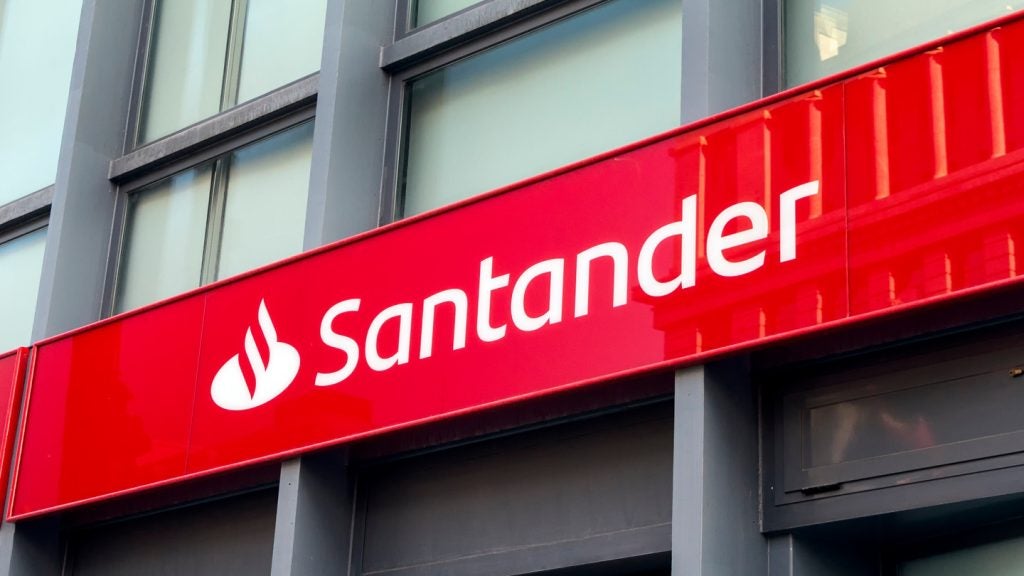While US banking failures in 2009
continue to grow, reaching 89 by 4 September, resulting in the
Federal Deposit Insurance Corporation’s (FDIC) insurance fund
falling 20 percent to $10.4 billion by the end of the second
quarter (see Survival
of the fittest), the beleaguered savings
and loan sector in the US (‘thrifts’) managed to post its first
quarterly profit for two years.
In the second quarter, the sector posted
collective profits of $4 million, according to a statement from the
Office of Thrift Supervision (OTS). Capital ratios improved during
the second quarter and higher net interest margins and increased
fee income contributed to the improved profitability.
However, earnings were dampened by loan loss
provisions, as well as by a special deposit insurance assessment
from the FDIC, which reduced net earnings by an estimated $325
million.
The need to replenish FDIC funds was
highlighted by its disclosure at the end of August that 111 lenders
had been added to its list of ‘problem banks’, which failed the
test for asset quality, liquidity and earnings. The FDIC ‘problem
list’ of banks has grown to 416 banks, a 15-year high.
Apart from Lehman Brothers, the largest US
banking failure of all time was a thrift: the $308 billion asset
Washington Mutual, which collapsed in September last
year.

US Tariffs are shifting - will you react or anticipate?
Don’t let policy changes catch you off guard. Stay proactive with real-time data and expert analysis.
By GlobalData






